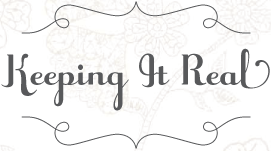
Garment Sewing 101
Looking at garment patterns can sometimes feel like trying to decode a map. There are notch and grainline marks, and lines to indicate various sizes, plus cutting instructions to figure out. Not to mention that sometimes it’s hard to figure out what each pattern piece actually is. All of this may sound a bit confusing, but it’s really easy to “decode” once you know what you are looking for. These are some of the basics that are used in the tunic pattern.
Pattern pieces | First things first: Figure out what the pieces are. Most patterns are marked clearly. In this pattern you will find a sleeve, a tunic back, and 2 pieces for the tunic front, all of which are marked. Figure out what size you want to make, and then cut the pieces on the heavy outer lines that are for your size.
Cutting | It’s all too easy and often costly to make a mistake in cutting fabric, so read the pattern pieces carefully. Note where a grainline is marked, and align that piece with the grain of the fabric. It’s especially important to do this for the tunic because it is cut on the bias. Also, note whether a pattern piece should be cut on a fold. Look to see how many of each piece to cut and whether those pieces should be cut at the same time. Often you’ll be asked to cut pieces with right sides together. Sleeves are a good example of this. For the tunic, the sleeves and the back are cut this way.
Notches | Don’t forget to look for notches that need to be marked before you remove the pattern piece from the fabric. These diamond-shaped markings will help you match pieces together when sewing. For example, on the tunic, notches indicate which part of the sleeve matches the front of the tunic and which goes toward the back. There are also notches that indicate where you should make a dart and where the ease is on the sleeve’s shoulder.